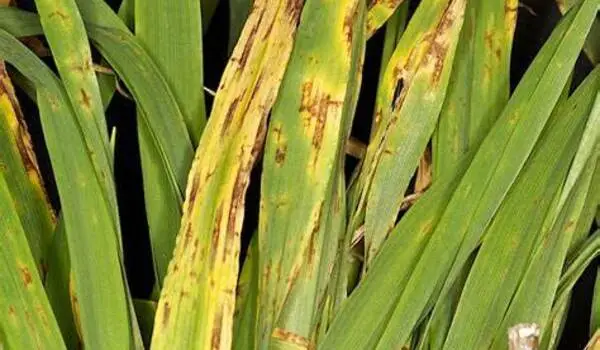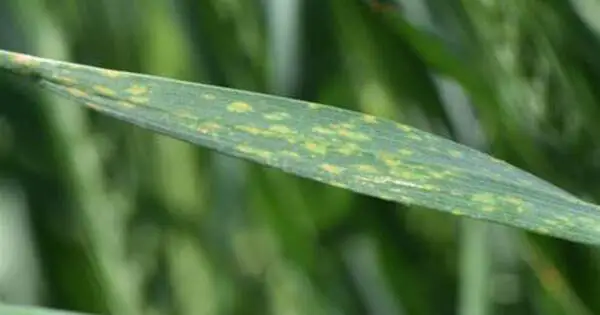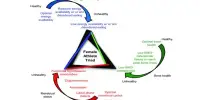Climate change threatens global harvests and food security, with plant diseases being one of the most serious risks. An international team of researchers led by Prof. Senthold Asseng from the Technical University of Munich (TUM) has recently demonstrated that the continued spread of the fungal disease wheat blast might cut worldwide wheat production by 13% by 2050. The consequences are dramatic for global food security.
Wheat is an important food crop, with a global production area of 222 million hectares and a harvest volume of 779 million tonnes. It, like all plant species, is suffering with diseases that are spreading faster than they were a few years ago as a result of climate change. One of these is wheat blast. Since its discovery in 1985, the fungus “Magnaporthe oryzae” has posed a severe danger to wheat production in warm, humid locations.
It initially spread from Brazil to neighboring countries. The first cases outside of South America occurred in Bangladesh in 2016 and in Zambia in 2018. Researchers from Germany, Mexico, Bangladesh, the USA, and Brazil have now modeled for the first time how wheat blast will spread in the future.
According to the researchers, South America, southern Africa, and Asia will be the regions most affected by the future spread of the disease. Up to 75% of the area under wheat cultivation in Africa and South America could be at risk in the future.
Regionally up to 75% of total wheat acreage affected
According to the researchers, South America, southern Africa, and Asia will be the regions most affected by the future spread of the disease. Up to 75% of the area under wheat cultivation in Africa and South America could be at risk in the future. According to the predictions, wheat blasts will also continue to spread in countries that were previously only slightly impacted, including Argentina, Zambia, and Bangladesh. The fungus is also penetrating countries that were previously untouched. These include Uruguay, Central America, the south-eastern USA, East Africa, India, and eastern Australia.
According to the model, the risk is low in Europe and East Asia – with the exception of Italy, southern France, Spain, and the warm and humid regions of south-east China. Conversely, where climate change leads to drier conditions with more frequent periods of heat above 35 °C, the risk of wheat blast may also decrease. However, in these cases, heat stress decreases the yield potential.

Dramatic yield losses call for adapted management
The affected areas are among those hardest hit by the direct effects of climate change. Food insecurity is already a major issue in many locations, and wheat consumption continues to climb, particularly in metropolitan areas. Farmers in many locations will have to convert to more resistant crops in order to avoid crop failures and financial losses. In Brazil’s Midwest, for example, maize is gradually replacing wheat. Another significant technique for preventing future output losses is to create resistant wheat cultivars.
CIMMYT in collaboration with National Agricultural Research Systems (NARs) partners has released several wheat blast-resistant varieties which have been helpful in mitigating the effect of wheat blast. With the right sowing date, wheat blast-promoting conditions can be avoided during the ear emergence phase. Combined with other measures, this has proven to be successful. In more specific terms, this means avoiding early sowing in central Brazil and late sowing in Bangladesh.
First study on yield losses due to wheat blast
Previous studies on yield variations caused by climate change focused mostly on the direct consequences of climate change, such as rising temperatures, shifting precipitation patterns, and increased CO2 emissions in the atmosphere. Wheat blast has been largely overlooked in fungal disease research. The researchers investigated the impact of wheat blast on production by integrating a simulation model for wheat growth and yield with a newly constructed wheat blast model.
Thus, environmental parameters such as the weather, as well as plant growth data, are factored into the computations. In this approach, the scientists are replicating illness pressure during the ear’s extremely sensitive maturation phase. The study focused on the effect of wheat blast on productivity. Other consequences of climate change could further reduce yields.















